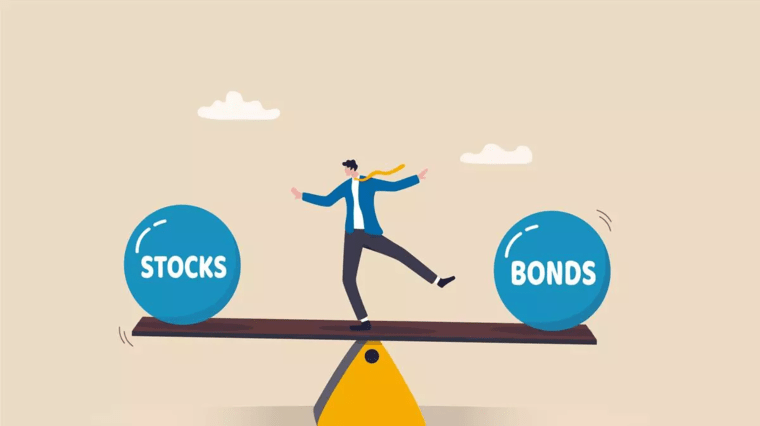In investments, risk and returns go hand in hand. Higher the risk, higher is the return. Or, at least, the expected return. There is a fine difference. The risk you are carrying is of not getting the expected returns. But, the expectation must he commensurate to compensate for the risk. The difference is, since the return is not guaranteed, actual returns may be different from the initial expectation.
For any investment, the return expectation and perception of risk has to evolve from somewhere. That comes from history. Any investment category, unless it is just evolving, has a performance history. That gives you the perspective. The investment you are making today is for the future, and future is by definition unknown. The only fallback we have is history. Longer history makes the data more dependable.
When the risk is high, the expected or indicated return is higher, to compensate and induce you to go for it. If you are not an expert, you may not have the bandwidth to analyse the intricacies. This is where the ballpark indicator comes in handy. The return indication being higher implies the risk is that much higher. You have to decide, up to what level of return indication you want to go. That is where you are setting the risk tolerance for investments. For certain investments, there is a better one-to-one correspondence between risk and return. Sometimes, it is not clear-cut.
Let us look at certain investment assets to understand the concept.
In case of bank deposits and bonds, there is a better one-to-one correspondence between risk and returns. Let us say, a leading nationalised bank is offering a term-deposit rate of 6.5%. Then, there is a small finance bank offering 8%.
Higher risk level The implication is, the risk level for a deposit in a small finance bank is little higher than a nationalised bank. Now, let us say there is a local cooperative bank offering 9-10%. Not to say the cooperative bank would default, but the risk level in that deposit is relatively higher. The fact that the cooperative bank is offering that rate means they are not able to get deposits at, say, 6.5% or 8%. For bonds also, it is a similar yardstick. Let us say there is a top-rated bond from a blue-chip firm available at an annualised return of 8%. Then, there is an investment grade bond from a mid-rung firm for 11%. This is an investment grade bond, but the risk level is relatively higher. If we go higher up the ladder of risk, there are ‘structured credit’ products offering, say, 15%, ‘venture debt’ products offering, say, 20% and ‘distressed assets’ indicating, say, 25 or 30%.
Here you haw to decide where you want to draw the line. You may decide to stick to the top-rated hond at 8%. Or, if you are comfortable with the business house and promoter goodwill of the bond offering 11%, you may take a calculated risk. If you have a diversified portfolio, you would be buying the 11% bond only for a portion of the portfolio. However, if you are not clear about the risks of structured credit or venture debt, it is better to avoid. You got a ballpark idea of the risks involved.
In bonds or debt investments, there is a default risk that can be gauged from the return indicated.
Equity indices
In equity, there is no maturity as in the case of bonds, and the return is a function of market movement. The gauge we can have is indices and their historical performances. We have leading indices Nifty and Sensex. There are many other indices e.g. mid-cap, small-cap, sector- setc. We can look at the returns delivered at the index level and the volatility in the returns. That is the nearest proxy, future can be different. However, for equities there is a tangible basis, though not a guarantee. In a growing economy like India, corporates are growing, their revenue and profit are growing and consequently, the earnings which you are paying the price for, is growing.
As mentioned earlier, for investments that haw a long track record, it gives confidence about the dependability of the historical data. Gold is an example. Gold as such does not have any productive value.
There is not much of industrial application. However, whenever there is ginhal uncertainty, gold prices get bolstered. When staple investments i.e. equity and bonds look risky, investors globally stock up on gold. For gold also, there is no commitment on returns, it is just the historical track record.
In Sovereign Gold Bonds (SGB), there is an interest rate of 2.5%, which is committed. However, you invest in SGBs not just for the 2.5%, but the potential upside in returns from rising gold prices, which is a function of market movement. You have to be careful about any investment that ‘guarantees’ returns’, where the investment basis is not clear. There are plantation schemes that would ‘double’ money and ‘deposit schemes’ that operate like Ponzi schemes. When the return indication is higher than regular investments, your antennae should move up.
Source: https://www.thehindubusinessline.com/portfolio/personal-finance/return-and-risk-a-ballpark-but-effective-indicator/article67036284.ece


